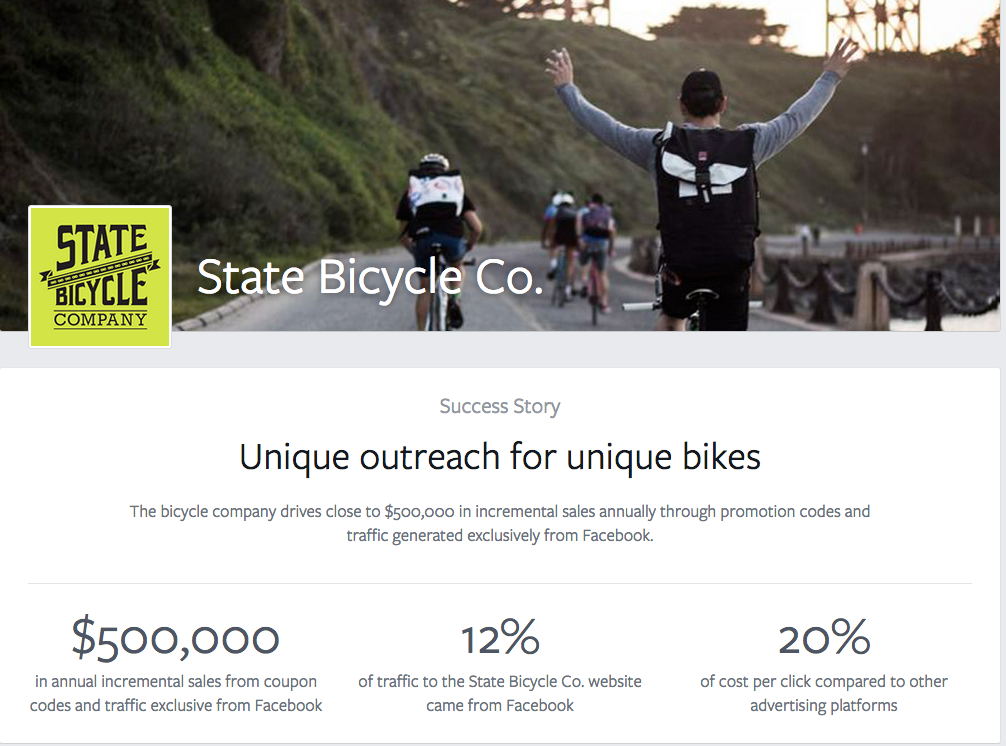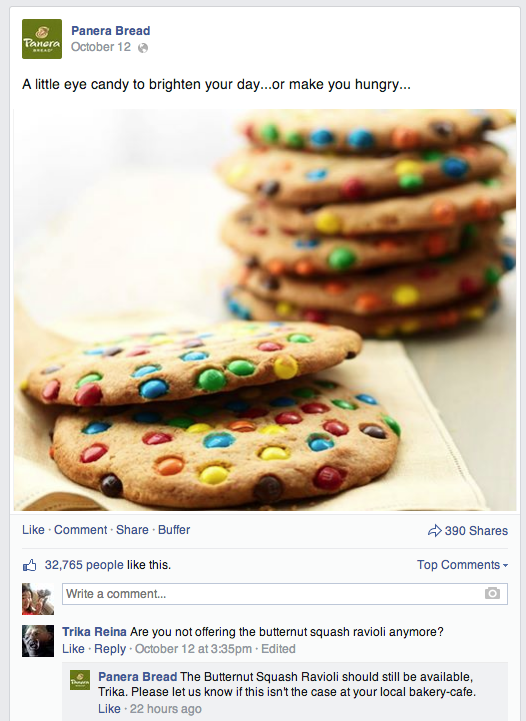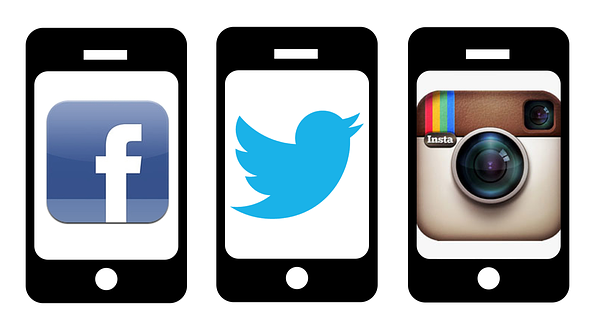4 Common Social Media Mistakes Small Businesses Make
There are over 1 billion active users on Facebook and over 255 million active users on Twitter.
No matter where in the country your small business is located there is no doubt that your customers are using these social networks. Because your customers are already hanging out on these social media sites en masse, you can use these channels to launch successful marketing and sales campaigns.
There are plenty of small businesses already using these social media sites with huge success. For example, State Bicycle Company has increased its annual sales by over $500,000 solely through its Facebook community, and Zingerman’s Deli is seeing a 3X return on Facebook ad spend as well as increased repeat visitors thanks to their Facebook community.
These are both inspiring stories of the type of success social media can bring; however, for every success story there is a counter story where a small business made mistakes with their social media strategy and ended up wasting time and money.
Below we’ve identified the 5 most common social media mistakes and how your business can avoid them!
1. Don’t Use Social Media Strictly for Advertising
If your social media strategy is 100% dedicated to making the sale, you’re not approaching it right. This is one of the hardest concepts for small business owners to understand. We’ve been trained to believe that every dollar spent in marketing should produce an immediate result.
Social media can help you increase your sales, but it must be approached differently than your other campaigns. On social media you’ll want to use a friendly, engaging and conversational voice that drives customers to take action. You’ll want to share tips and fun “insider information” with them about your company. You’ll want to answer their questions quickly and respond to any concerns.
Here are a few types of posts you might use to drive engagement and sales via social media:
- Coupons or discount codes
- Meet the Team pictures and mini bios
- Pictures of your product / dish of the day
- Fun pictures from around your office / store
- Tips with fun/unusual ways customers can use your product(s)
- Customer testimonials
Using a blend of the type of posts listed above will ensure you’re posting content that is both information and engaging (which is what consumers expect to find on social media sites) while still keeping sales in focus.
2. Don’t Ignore Negative Reviews
Small businesses rely heavily on consumer reviews to help promote their business. With sites like Yelp! or even Facebook becoming popular places for consumers to research a company, it’s important for you to stay on top of the reviews being written about your business. 
On many sites you can thank a consumer for a positive review and post a (polite) response to a negative review.
While some sites will allow you to respond to negative reviews with whatever you would like to say, you should keep in mind that your response will likely be public and a rude reply may turn off potential future customers. Look at a negative review as an opportunity to improve.
When a customer feels that he or she has been wronged, you should apologize and offer a plan for moving forward. It only takes one small gesture to turn an upset patron into a lifelong customer. Plus, future customers will appreciate that you care about the people who visit your business.
3. Don’t Worry About Reaching Everyone, Everywhere
There are a handful of major social networks out there that your business could set up profiles on. However, many small business owners do not have the time or resources to successfully manage multiple accounts.
If you are limited on time and resources we suggest you pick one social network to make work really well for you. How do you pick a network? Match up your consumer demographics with the demographics of the network.
For example, if you run a local women’s boutique, you may find success on Pinterest since women heavily dominate Pinterest. However, if you run a hardware store, Pinterest is not the social media network to invest your time in. In most cases you will want to start with Facebook since almost every demographic is accounted for on the site. On Facebook you can get engaged with your audience on a daily basis through pictures, videos and text posts.
5. Remember that Social Media Isn’t Free
Contrary to the belief of many, social media isn’t free for companies.
Although it may not cost a penny to create a Facebook Page or Twitter account, once you do you are making a serious time commitment.
Not only that but many networks, like Facebook and Twitter, require you to spend money advertising to amplify the reach of your posts. For example, Facebook only allows you to reach up to 6% of your audience with each of your posts without spending any money on advertising. That means if your Facebook community is made up of 10,000 people, you can only reach up to 600 of them with each post without spending ad money to boost the reach of the post to the rest of your community. Facebook does this because it is a business too and needs to make money just like you.
The good news is that boosting posts on Facebook is generally a very cost-effective way to engage with your consumers and drive sales. Before your launch business accounts on any social networks it is a good idea to research the ins-and-outs of each network. Also consider speaking to other small business owners who have been successful using social media and ask for their top tips. As long as you do not ask direct competitors, you will likely find other business owners are happy to share!




